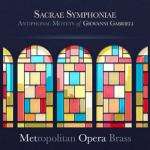
Originally from San Antonio Texas, Kyle Turner has lived and freelanced in New York City for more than 35 years. He is currently principal tubist with the American Symphony Orchestra, the Orchestra of St. Luke’s and the Riverside Symphony Orchestra.
Mr. Turner performed and toured the world in over 500 concerts with the New York Philharmonic as acting interim principal from 2001 – 2004.
He is the only tubist in the world who has held a principal position in a major orchestra, and also awarded the Walter W. Naumburg chamber music prize which he was awarded in 1992 with the Saturday Brass Quintet.
In addition, Mr. Turner has performed in collaboration with some of the world’s greatest musicians, such as Luciano Pavarotti, Itzhak Perlman, Midori, YoYo Ma, John Williams,Wynton Marsalis, Andre Previn, Paul McCartney, Sting, Peter Gabriel, Dave Brubeck, James Taylor, Metallica, and Cold Play at the 45th Grammy Awards, among many others.
Mr. Turner has performed with the Philadelphia Orchestra, Metropolitan Opera, New York City Ballet Orchestra, New York City Opera Orchestra, Orpheus, American Composers Orchestra, New York Philharmonic Brass Quintet, Metropolitan Opera Brass, Canadian Brass (collaboration), German Brass (collaboration), Harmonic Brass of Munich, Solid Brass, American Horn Quartet, Radio City Music Hall Orchestra, and numerous Broadway show Orchestras.
Mr. Turner has played for many major motion picture soundtracks, radio and television commercials, and Live from Lincoln Center Broadcasts. He can also be heard on over 25 records, including his first solo recording, “Expressions: The Heart of the Tuba”. Mr. Turner is on the faculty of the Manhattan School of Music, New York University, the State University of New York at Stonybrook, Montclair State University and the Juilliard MAP program. Mr. Turner is a Buffet group performing artist.
Mr. Turner performed and toured the world in over 500 concerts with the New York Philharmonic as acting interim principal from 2001 – 2004.
He is the only tubist in the world who has held a principal position in a major orchestra, and also awarded the Walter W. Naumburg chamber music prize which he was awarded in 1992 with the Saturday Brass Quintet.
In addition, Mr. Turner has performed in collaboration with some of the world’s greatest musicians, such as Luciano Pavarotti, Itzhak Perlman, Midori, YoYo Ma, John Williams,Wynton Marsalis, Andre Previn, Paul McCartney, Sting, Peter Gabriel, Dave Brubeck, James Taylor, Metallica, and Cold Play at the 45th Grammy Awards, among many others.
Mr. Turner has performed with the Philadelphia Orchestra, Metropolitan Opera, New York City Ballet Orchestra, New York City Opera Orchestra, Orpheus, American Composers Orchestra, New York Philharmonic Brass Quintet, Metropolitan Opera Brass, Canadian Brass (collaboration), German Brass (collaboration), Harmonic Brass of Munich, Solid Brass, American Horn Quartet, Radio City Music Hall Orchestra, and numerous Broadway show Orchestras.
Mr. Turner has played for many major motion picture soundtracks, radio and television commercials, and Live from Lincoln Center Broadcasts. He can also be heard on over 25 records, including his first solo recording, “Expressions: The Heart of the Tuba”. Mr. Turner is on the faculty of the Manhattan School of Music, New York University, the State University of New York at Stonybrook, Montclair State University and the Juilliard MAP program. Mr. Turner is a Buffet group performing artist.


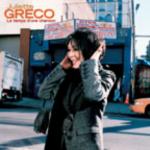
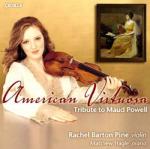
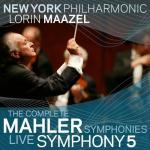
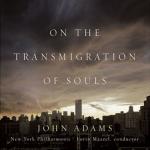

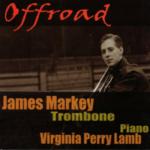
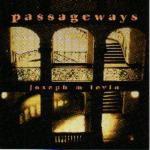
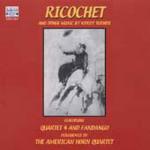
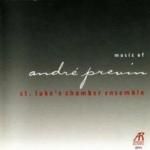
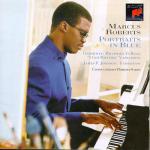
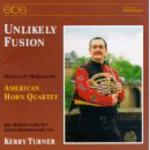
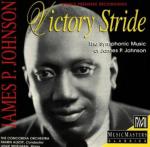
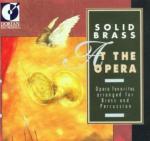
FILM
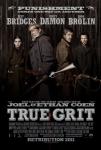

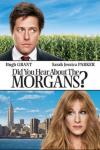

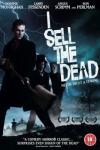
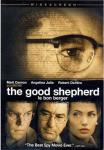

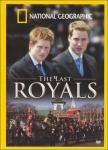
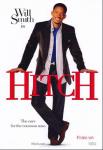


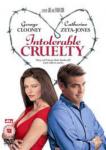
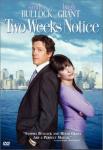
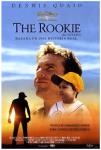
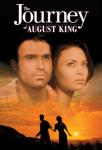

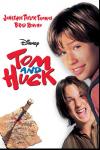
LEADER

iTunesAmazon
Past Events
Kyle Turner is available for ensemble or solo performances, masterclasses, and private teaching. For more information, contact Mr. Turner:
kyleturnertuba@gmail.com
917.673.8541
Kerry Turner
Concerto for Bass Trombone or Tuba
II - Andante
from The Orchestral Music of Kerry Turner
Sinfonia Iuventus, Warsaw
Dariusz Wisniewski
LISTENCarl Nielsen
Symphony No. 4
I. Allegro
New York Philharmonic
New York Philharmonic
Sakari Oramo
Live performance. December 14, 2002
Avery Fisher Hall - New York, NY
LISTENKerry Turner
Ricochet
Saturday Brass Quintet
Tom Hoyt, Charles Olsen - trumpet
Peter Schoettler - french horn
Michael Hosford - trombone
Kyle Turner - tuba
LISTENPeter Schoettler - french horn
Michael Hosford - trombone
Kyle Turner - tuba
Richard Wagner
Lohengrin
Prelude to Act 3
New York Philharmonic
Lorin Maazel
Live performance. February 14, 2004
Avery Fisher Hall - New York, NY
LISTENComing soon...
Aruba?
For those who really don’t get it,
There’s an instrument we hear but regret it.
Why is this so?
It’s just very low-
It’s a tuba, and don’t you forget it.
So low you have to dig.
A sound that’s very big.
Many just stare and say “eeuw”,
But enjoy its brassy hue.
Especially out under the lights,
The shine of those twisted up pipes.
To play it you don’t just blow,
You buzz your lips, you know?
Like a trumpet that took steroids,
It’s the bass the crowd avoids.
It can get a beautiful sound.
It can also get howls from a hound.
So why is it misunderstood?
Its beauty and tone are quite good!
Like a backbone we support the tune,
But it’s difficult to play before noon.
Are there any more rhymes for this thing?
An old song used them up with zing.
It talked about a man from Cuba,
Who played a “funny looking boob-a”.
Perhaps this should be about Aruba.
But in Aruba there is no tuba! ~Kyle Turner
Orchestral tuba playing requires control of a greater range than probably any other wind instrument. It is conceivable that a tuba player could encounter on the same program the Berlioz "Fantastic Symphony" with its passage in the final movement ascending to one-line B flat, and also the Britten "Young Person's Guide to the Orchestra" requiring a pitch of contra D. At this point perhaps something should be said in regard to the type of instrument employed by the performer in laboring over his part in the orchestra. Unfortunately, most composers have very little understanding of or mercy on the poor tuba player. This is largely a result of the tuba's lineage and its rather dubious association with the serpent horn and ophicleide.(predecessors of the modern tuba) Also to be considered is the fact that "tuba" can be applied to any number of instruments with fundamental tones ranging anywhere from Great C, a tone above our modern euphonium, down to sub-contra B flat. The first tuba mentioned above (ophicleide) is a French instrument with six valves and a fantastic range – it is probably this instrument which Ravel had in mind when he orchestrated that nightmare for all orchestral tuba players, the Bydlo variation from Mussorgsky's "Pictures at an Exhibition." This instrument uses a bass-trombone-size mouthpiece and produces a much lighter quality of tone than our American concept of tuba tone. The modern ophicleide that is seen in my photos, belongs to the American Symphony Orchestra. It was designed with five modern rotary valves and uses a small tuba mouthpiece so tuba players today are able to approximate the sound that Mussorgsky (and others) had in mind. Maybe this modern Ophicleide will begin to make an appearance in today's orchestras.
The tuba players in todays Orchestras must be prepared to cover both extremes of his range. Also, he is usually the only tuba player and does not have a low note or high note specialist in the section as found in the horn and trombone sections of our orchestras. So it is typical to find orchestral tuba players with many different instruments to cover all the repertoire spanning several hundred years of instrument technology. In the United States, for example, an orchestral tubist might own tubas pitched in F, and C, and perhaps a medium bore instrument to cover the wide range of brass quintet repertoire. Whereas in Europe, tuba players might own a large orchestral B flat and F tubas. In Great Britain and Scandinavia the most common instruments used are E flat and B flat tubas. In addition, it is common to find professional tuba players exploring different size mouthpieces, to find that perfect fit with the various instruments he uses. The variations of sounds (high and low overtones) on a mouthpiece can make a significant difference, not unlike the wide range of mouthpieces and instruments that trumpet players often use to make their jobs easier.
Hopefully this explanation of the different instruments will help the layperson understand why I am pictured with so many tubas.
